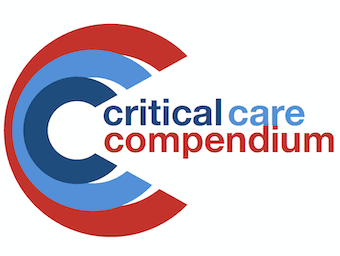
Ludwig angina
Ludwig angina: rapidly progressive gangrenous bilateral cellulitis of the submandibular space with risk of life-threatening airway compromise
The LITFL Critical Care Compendium is a comprehensive collection of pages concisely covering the core topics and controversies of critical care.

Ludwig angina: rapidly progressive gangrenous bilateral cellulitis of the submandibular space with risk of life-threatening airway compromise

The CT head scan is a computer-generated series of images from multiple X-rays taken at different levels. Fine X-ray beams passed through the subject are absorbed to different degrees by different tissues and the transmitted radiation is measured by a scanning device.

Blood Gas Analyser: machine for point of care measurement of arterial blood gas indices and electrolytes

Glucose Control Literature Summaries

Rotavirus is the leading cause of gastroenteritis worldwide and a leading cause of infant death in the developing world. 95% of U.S. children have had a rotavirus infection by the age of 5 years.

Oesophageal Doppler Cardiac Output Monitor; non-invasive cardiac output monitor

The peritoneum is a tough semi-permeable membrane lining abdominal and visceral cavities. it encloses, supports and lubricates organs within the cavity. Paracentesis is effectively the analysis of 'Ascites' - the abnormal accumulation of fluid within the abdomen.

Quantitative data is that which can be expressed numerically and is associated with a measurement scale; not all numbers constitute quantitative data (e.g. tax file number!)

Calcium is the most abundant mineral in the body. 1.5% of body weight; 99% is in bone matrix; 1100gramm (27mmol)

Tissue factor + VIIa + platelets -> platelet aggregation -> production of platelet-fibrin matrix -> haemostasis; used in massive transfusion senario’s to attempt to control intractable haemorrhage

Oxygen saturation targets in critical illness. Both the extremes of hypoxaemia and hyperoxia have the potential to harm critically ill patients and worsen their outcomes

Burns can affect 4 anatomic areas of the respiratory tract:: Supraglottal; tracheobronchial;
pulmonary parenchymal; and chest/abdominal wall